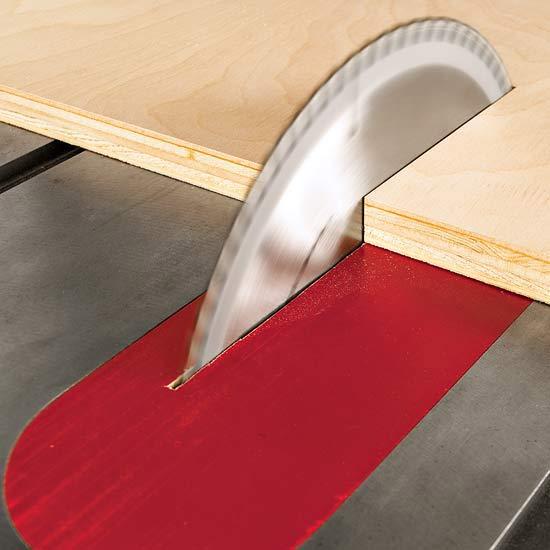
Friday 10th January 2020
The workplace exposure limit for hardwood dusts have now changed under EU Directive 2017/2398. Until now the exposure limits for both softwood and hardwood was 5 milligrams per cubic meter (5 mg/m3).
Exposure levels have now dropped to 3 mg/m3 for hardwood and any dust mixes that contain hardwood. It is also worth noting that this is a transitional exposure level, levels are due to drop to 2 mg/m3 in January 2023.
Who does this effect?
What should I do?